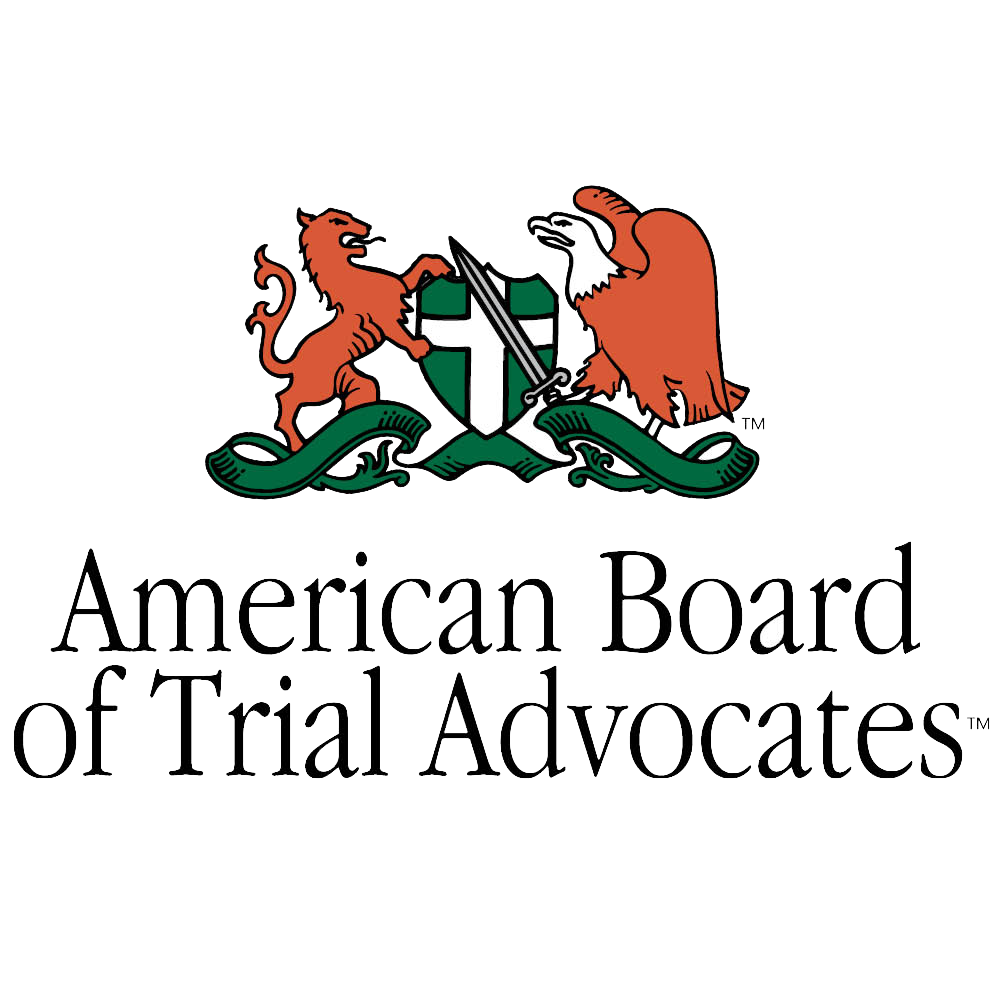
Join GOLDLAW in celebrating Women’s History Month!
Women’s History Month is a celebration that recognizes the contributions of women to events in history and contemporary society. It is celebrated in March in the United States, the United Kingdom, and Australia, coinciding with International Women’s Day on March 8.
Women’s History Month Origins
The origins of Women’s History Month as a national celebration in the U.S. date back to the late 1970’s. It began as a local initiative in Sonoma County, California, where a week in March 1978 was dedicated to highlighting women’s contributions to culture, history, and society. The week was chosen to coincide with International Women’s Day. The initiative was the brainchild of the Education Task Force in the Sonoma County Commission on the Status of Women. It was intended to address the lack of women’s history taught in the K-12 curriculum and to ensure that the contributions of women to American history were recognized and celebrated.
Picking Up Momentum and Going National
Dozens of schools and communities throughout Sonoma County participated in the event, and the success and popularity of this local effort caught the attention of educators and activists throughout the country. In 1980, a group of women from Santa Rosa California, led by trailblazers Molly Murphy MacGregor, Mary Ruthsdotter, Maria Cuevas, Paula Hammett, and Bette Morgan founded The National Women’s History Project (now the National Women’s History Alliance), laying the foundation for President Jimmy Carter to issue the first Presidential Proclamation for National Women’s History Week later in 1980.
Growth
The annual celebration of Women’s History Week continued to grow in popularity, with schools communities, and organizations across the country holding events and educational programs. Recognizing the need for a longer period to fully honor the achievements of women, the National Women’s History Project successfully petitioned Congress to expand the celebration to the entire month of March. In 1987, Congress Passed Public Law 100-9, officially designating March as Women’s History Month. Since then, each President has issued annual proclamations to celebrate the contributions of women in the United States, promoting awareness and appreciation of women’s historical achievements.
Women’s History Month is not only a time to celebrate the past achievements of women, but also to recognize the ongoing struggles for gender equality and to highlight the contributions of women in today’s society. It serves a s a call to action to address gender disparities in various sectors and to promote equal opportunities for all. The month is marked by a variety of events, including educational programs, community activities, legislative initiatives, and more, all aimed at educating the public about the vital role women have played and continue to play in American history and society.



